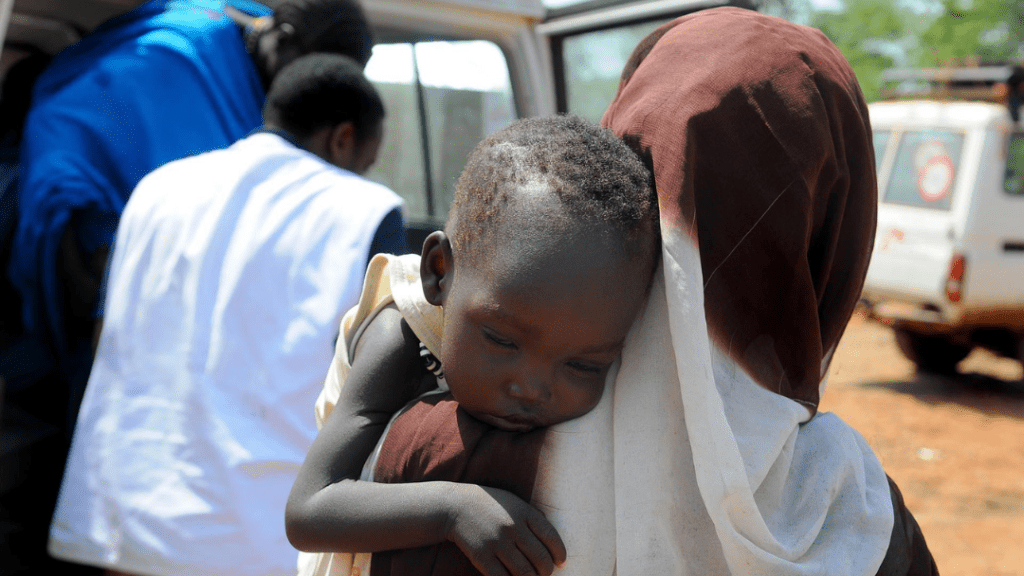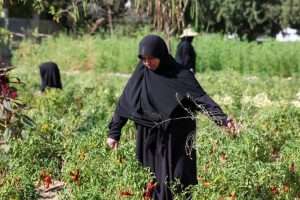Kenya eliminates sleeping sickness as public health problem

Kenya has officially eliminated sleeping sickness as a public health concern, as announced by the World Health Organisation (WHO) on 8th August. In doing so, it has become the tenth country in the world to achieve this, reported RFI on 10th August.
Officially known as human African trypanosomiasis (HAT), the disease is endemic to sub-Saharan Africa. It is generally fatal if no treatment is received by the patient.
Sleeping sickness once caused thousands of deaths yearly in sub-Saharan Africa. It is now on its way to elimination, but scientists warn that countries affected by sleeping sickness must not let down their guard.
The disease is transmitted to humans through the bites of tsetse flies that have contracted the Trypanosoma brucei parasite from infected humans or animals. The parasite can cross the blood-brain barrier and reach the central nervous system, which is typically when symptoms appear. These can include changes in behaviour, confusion, psychosis, sensory disturbances, and poor coordination. Sleep cycle disruptions, which give the disease its name, are a key feature.
“I congratulate the Kenyan government and people on this historic milestone,” said WHO Director-General Tedros Adhanom Ghebreyesus. “Kenya joins the growing number of countries that have eliminated HAT. This marks another step towards the eradication of neglected tropical diseases in Africa.”
In addition to Kenya, countries that have eradicated sleeping sickness include Benin, Côte d’Ivoire, Ghana, Guinea, Equatorial Guinea, Uganda, Rwanda, Chad, and Togo, according to the outlet.
“This is excellent news in the fight against this parasitic disease, but vigilance must not waver”, said Dr Augustin Kadima Ebeja, a Congolese doctor. Doctor Ebeja serves as an NTD (Neglected Tropical Diseases) Medical Officer, the focal point for sleeping sickness at the WHO’s Regional Office for Africa in Brazzaville, the capital of the Republic of Congo.
The form of sleeping sickness that has affected Kenya, and the eastern part of Africa is among the deadliest, claiming lives rapidly. Patients are unable to survive more than four weeks, according to Dr Ebeja, and it causes severe socio-economic impacts, particularly in rural populations.
Eliminating it as a public health problem means the threshold has been brought down to fewer than one case per 10,000 inhabitants. However, the disease can still be present. “We must continue funding and working to ensure surveillance, because history has shown us that if you relax your efforts, there is a risk it will return,” Dr Ebeja stressed. “We saw a similar situation in the 1960s, when the disease was almost at zero, and then it resurged.”
RFI, World Health Organisation, Maghrebi
Want to chase the pulse of North Africa?
Subscribe to receive our FREE weekly PDF magazine














